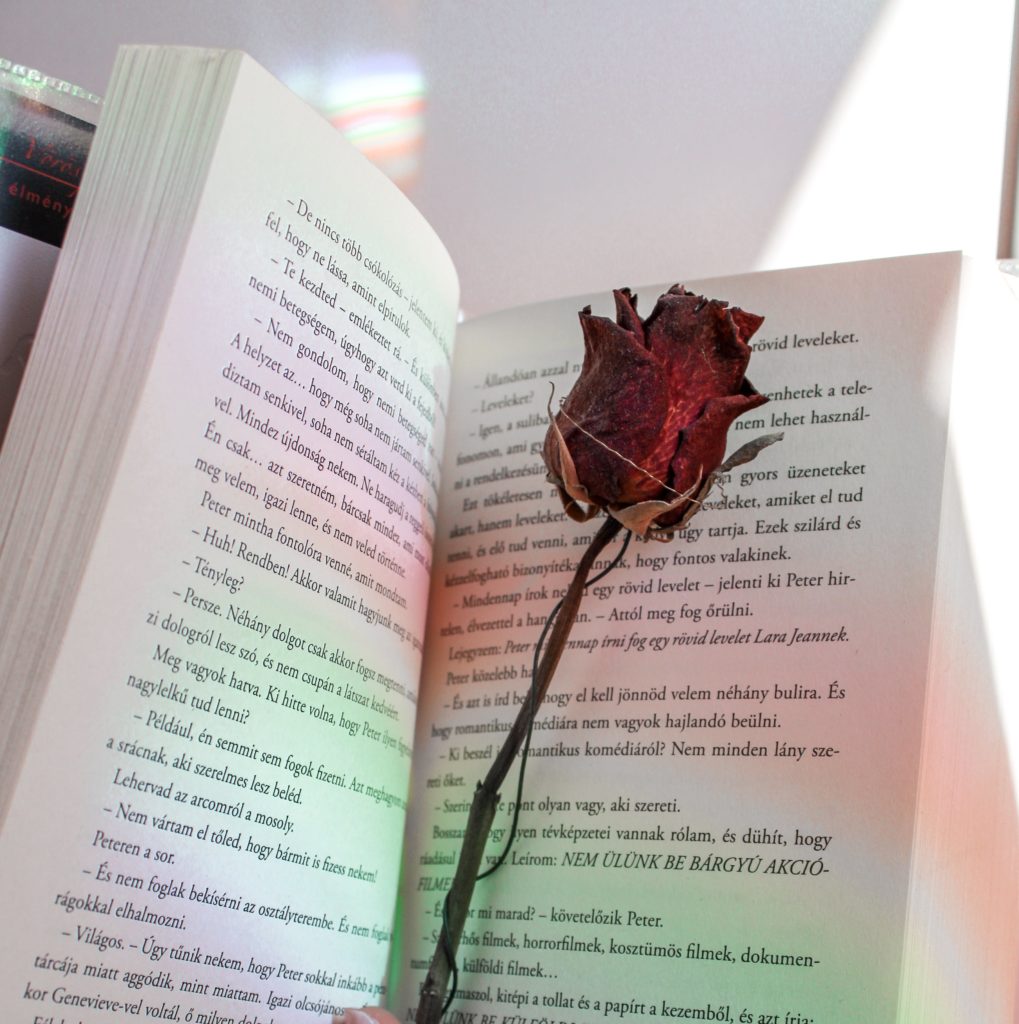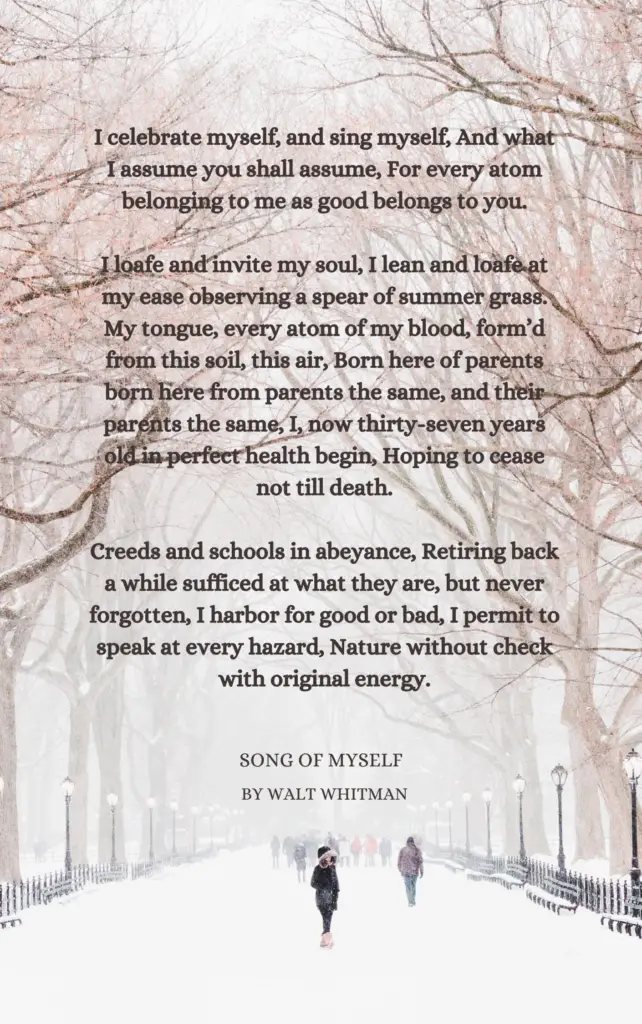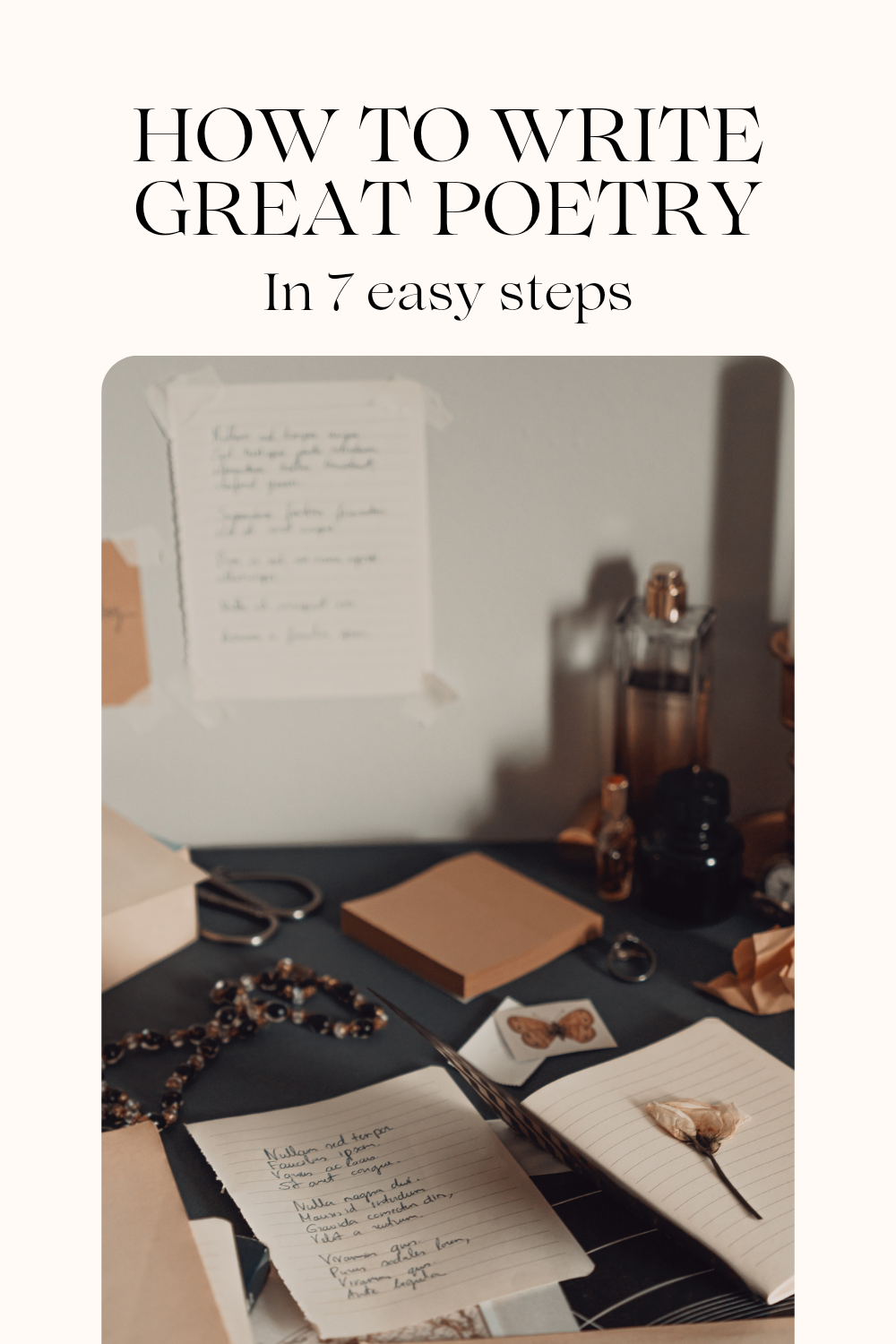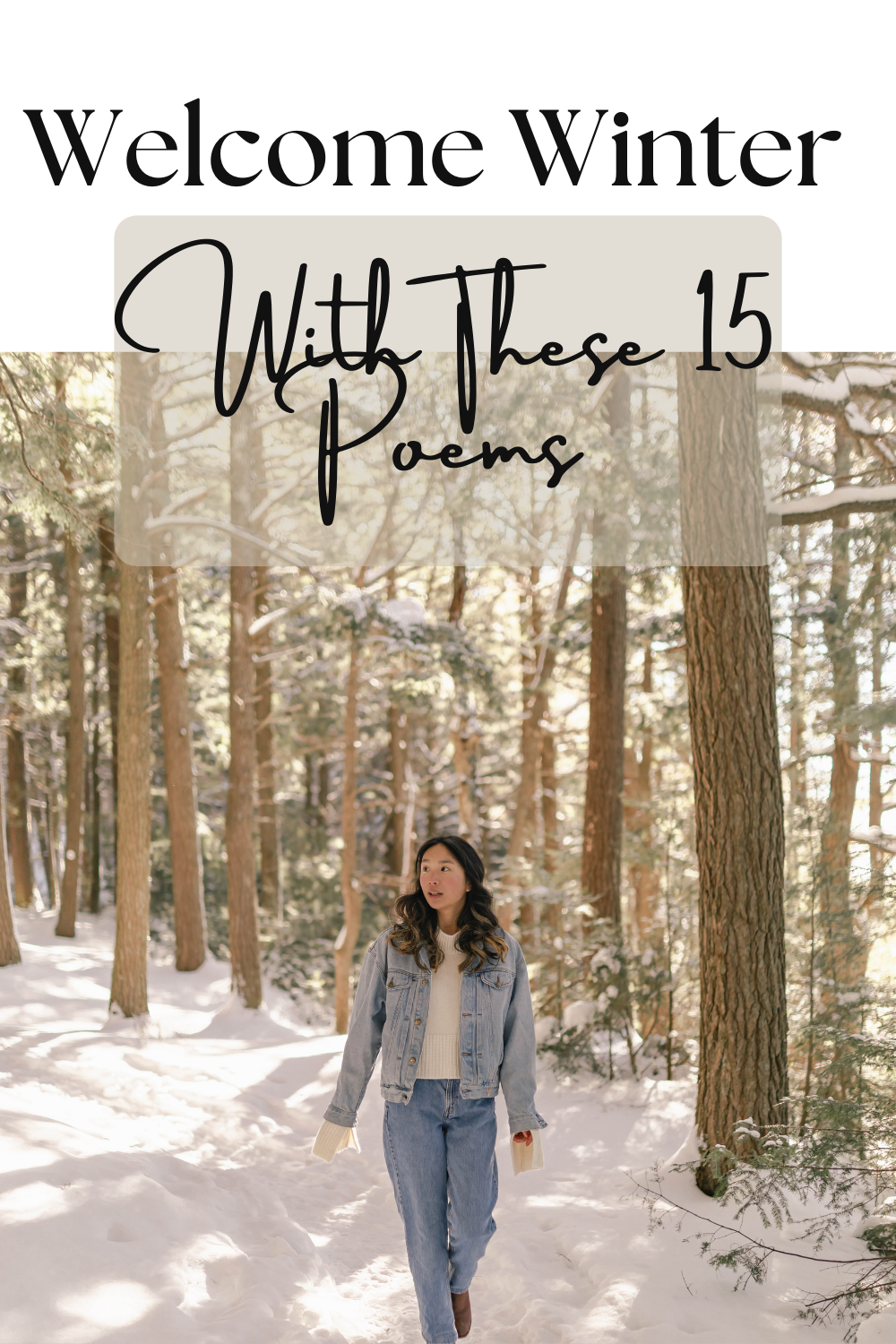Beyond Rhyme and Meter: Diving into the World of Free-Verse Poetry

I wish our clever young poets would remember my homely definitions of prose and poetry; that is, prose = words in their best order; – poetry = the best words in the best order.
Samuel Taylor Coleridge
A Beginner’s Guide to Free Verse Poetry
Poetry. The word conjures dusty classrooms, sonnets that make your eyes glaze over, and forced recitations in echoing gymnasiums. Now imagine poems that tear off their shackles, fling away the meter and rhyme like worn-out chains.
Poems that aren’t penned in neat rows, but sprawl across the page in wild bursts of creativity, mirroring the messy, beautiful complexity of life itself.
That’s free verse. It’s the middle finger to literary convention, the whispered secrets of the universe scribbled on napkins in dimly lit cafes. It’s the underdog’s anthem, the artist’s rebellion, the raw, unfiltered soul laid bare on the page. And in this post, we’ll crack open the doors to this electrifying world, giving you the tools and the courage to join the chorus.
Prose vs. Free Verse Poetry
Prose: The Architect of Logic
Think of prose as the master builder, wielding sentences like bricks and paragraphs like sturdy scaffolding. Its aim? To construct clear, concise structures that inform, entertain, or convey messages with unwavering precision.
- Straightforward language: No fancy footwork here. Prose embraces clarity, using direct words and sentence structures to get its point across.
- Orderly structure: Paragraphs march in tidy formations, paragraphs flow logically from one to the next, and sentences align themselves like well-disciplined soldiers.
- Focus on information: Whether it’s a news report delivering facts, a textbook explaining concepts, or a novel telling a story, prose prioritizes accuracy and understanding over emotional nuance.
- Limited use of rhythm and rhyme: While not entirely absent, rhythm and rhyme in prose are usually subtle, playing a supporting role rather than taking center stage.
Free Verse: Liberating Expression
Free verse poetry is like stepping into a boundless realm where rules take a backseat and creativity reigns supreme. Unlike structured forms of poetry, free verse embraces the untamed spirit of expression, allowing emotions to flow freely and words to dance across the page in a symphony of meaning.
- Free verse poetry invites writers into a realm where rules yield to creative impulse, fostering a liberating form of expression.
- Unlike structured poetry, free verse does not adhere to rigid patterns, allowing emotions to flow freely and words to paint vivid pictures without the constraints of rhyme and meter.
- While rhythm and rhyme may appear sporadically, they serve as companions rather than dictators, enhancing the poetic experience without imposing strict guidelines.
- Lines and stanzas in free verse possess a fluidity that mirrors life’s unpredictability, bending and breaking to reflect the natural ebb and flow of human experience.
- Figurative language becomes a powerful tool in free verse, with metaphors, similes, and personification breathing life into words and inviting readers to explore layers of meaning.
- At its core, free verse is an exploration of the human condition, inviting readers to delve into the rawness of emotions, the complexity of thoughts, and the beauty of fleeting moments.
In contrast to prose, which offers a well-lit path to a predetermined destination, free verse beckons like a moonlit forest, inviting exploration into its wild and wondrous depths. Each form of expression holds its own unique power, offering readers and writers alike a choice between the clarity of the sunrise and the poetic mystery of the night.
More Key Differences Between Prose and Free Verse
Line Breaks: The Architect vs. the Artist
Prose marches on, lines flowing seamlessly into paragraphs, their breaks dictated by grammar and punctuation. Free verse, though? It takes its own sweet time, lines landing like brushstrokes on a canvas, each intentional pause adding weight and emphasis. A sudden line break can whisper intimacy, a long, sprawling one mimic the rhythm of a restless mind. In prose, the line break is a mere pit stop; in free verse, it’s a breathtaking vista point, inviting the reader to linger and soak in the view.
Language Usage: Literal Logic vs. Poetic Playground
Prose, the pragmatist, speaks in clear, direct language. It wants you to understand, to be informed, to follow the logic of its message. Free verse, however, throws a confetti shower of creativity at its canvas. Metaphors bloom like exotic flowers, similes sing like sirens, and personification breathes life into everything from dust motes to mountains. It doesn’t just state, it suggests, evokes, and ignites the imagination. Think of prose as a news report, clear and concise, while free verse is a dream sequence, enigmatic and vibrant.
Purpose: From Facts to Feelings
Prose can build intricate fictional worlds or deliver cold, hard facts. It tells stories, yes, but its primary motive is to inform, entertain, or convey a message in a straightforward manner. Free verse, on the other hand, dives headfirst into the emotional abyss. It’s a mirror reflecting the poet’s soul, a whispered exploration of inner landscapes. It doesn’t just tell, it reveals, provokes, and leaves the reader reeling with the raw beauty of human experience. It’s the difference between reading a historical textbook and gazing at a Van Gogh painting – both capture a universe, but one with facts and dates, the other with swirling brushstrokes and unbridled emotion.
Exploring the Freedom of Free Verse
We’ve compared the orderly lines of prose to the untamed wilderness of free verse, glimpsed their key differences. Now, let’s dive into the heart of the matter: experiencing these forms firsthand.
Let’s start with the familiar, the sturdy brickwork of prose. Imagine the opening lines of J.R.R. Tolkien’s The Lord of the Rings:
“In a hole in the ground there lived a hobbit. Not a nasty, dirty, wet hole, filled with the ends of worms and an oozy smell, nor yet a dry, bare, sandy hole with nothing in it to sit down on or to eat: it was a hobbit-hole, and that means comfort.”
― J.R.R. Tolkien, The Hobbit
These sentences march in tidy formation, introducing us to Bilbo Baggins and his cozy world with clear, direct language. There’s no ambiguity, no room for interpretation. Prose guides us on a pre-built path, weaving descriptions and actions into a tapestry of narrative.

Now, turn your gaze to the boundless horizon of free verse. Consider William Carlos Williams’s iconic “The Red Wheelbarrow”:
so much depends
upon
a red wheel
barrow
glazed with rain
water beside the white
chickens
Lines tumble like scattered marbles, each word holding a universe of meaning. We see, feel, and smell the rain-washed wheelbarrow, the white chickens nearby. The poem doesn’t tell, it suggests, leaving space for our own interpretations and emotions to bloom.
Prose and free verse are not rigid categories, but a spectrum. Some examples straddle the line, blurring the boundaries. Mary Oliver’s “Wild Geese” uses prose-like stanzas to speak to the freedom and acceptance found in nature.
You do not have to be good.
You do not have to walk on your knees for a hundred miles through the desert repenting.
You only have to let the soft animal of your body love what it loves.
Tell me about despair, yours, and I will tell you mine.
Meanwhile the world goes on.
The lines flow with rhythm and repetition, yet retain a conversational tone. Here, prose’s clarity blends with free verse’s evocative power, creating a poem that resonates deeply.

Free verse embraces rhyme and rhythm without getting chained down by their rules. These elements become not restrictive bars, but playful partners in the dance of expression.
Walt Whitman’s “Song of Myself” is a vibrant testament to this. This poem uses anaphora, the repetition of words or phrases at the beginning of lines, like a mantra woven through its free-flowing form. Assonance, the repetition of vowel sounds, adds another layer of musicality, creating a symphony of words that echo Whitman’s expansive spirit.

But free verse can also sing in a darker key. Dylan Thomas’ “Do Not Go Gentle into That Good Night” employs the villanelle form, a complex structure with repeating lines and rhymes. This choice, coupled with the poem’s strict iambic pentameter, lends a sense of urgency and control to Thomas’ plea against the dying of the light. The familiar rhythm becomes a cage against which the poet rebels, his words pleading with raw passion within the established form.

E.E. Cummings, in his playful “anyone lived in a pretty how town,“ shows how free verse can revel in rhyme and wordplay without losing its whimsical spirit. Rhymes emerge here and there, like hidden secrets whispered between lines, while alliteration adds a playful melody. Yet, the structure remains free, lines stretching and shrinking to capture the childlike wonder and innocence of the poem’s subject.
These examples prove that the beauty of free verse lies in its versatility. It can borrow tools from tradition, but bend them to its own will, creating new forms and expressions that push the boundaries of language. Rhyme and rhythm become tools in the poet’s arsenal, not dictates on a page.
Yet, it is true, poetry is delicious; the best prose is that which is most full of poetry.
Virginia Woolf
Free verse, much like life itself, is a paradox of freedom and form. It challenges us to break free from rigid structures, to find our own rhythm, and to express our inner landscapes in ways that defy conventions.
It reminds us that poetry, like the human spirit, is always evolving, always pushing the boundaries of what it means to speak, to feel, to simply be. So turn the page, embrace the unknown, and let your voice reverberate in the echoes of free verse.



